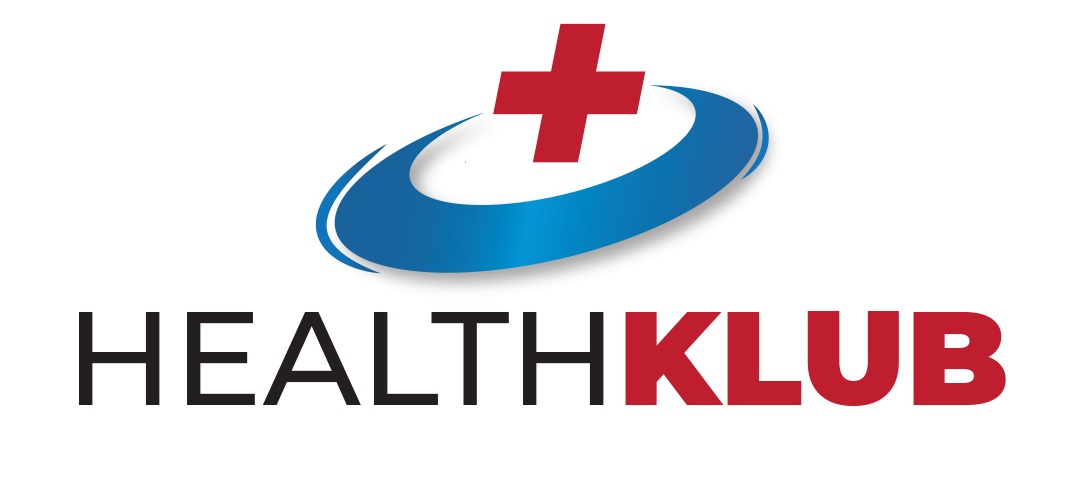Understanding the Silent Heart Attack
Heart attacks are often portrayed with dramatic symptoms like chest pain and sudden collapse. However, not all heart attacks announce themselves so boldly. The silent heart attack, as its name implies, can occur without the tell-tale signs, making it particularly dangerous for women who may not realize they are at risk.
Silent heart attacks often present mild symptoms that are easily overlooked or mistaken for less serious issues. In fact, silent heart attacks can be just as damaging as their more dramatic counterparts.
By learning more about these overlooked symptoms, you can take proactive steps to safeguard your heart health and ensure you don’t become another statistic in the growing number of women affected by heart disease.
Silent Heart Attack Symptoms in Women: What You Shouldn’t Ignore
Although often called “silent,” heart attacks can present subtle symptoms, especially in women. These signs are frequently mistaken for stress, fatigue, or minor ailments, making them easy to overlook. Recognizing these symptoms early can be life-saving.
Key Symptoms to Watch For:
- Unusual Fatigue: Feeling excessively tired for no clear reason, even after rest, can be an early warning sign.
- Mild Discomfort: Sensations such as pressure, tightness, or pain in the back, neck, jaw, shoulders, or arms should not be ignored.
- Indigestion or Nausea: Persistent digestive discomfort, nausea, or a “full” feeling can sometimes indicate a heart issue.
- Shortnessof Breath or Lightheadedness: These can occur with or without chest pain and may point to a cardiac problem.

Women often juggle multiple roles. It’s easy to downplay these symptoms as just being run down or stressed. However, delaying medical attention can lead to serious heart damage or become life-threatening. If you notice new, persistent, or unusual symptoms, trust your instincts. Keep a record of what you’re experiencing and consult a healthcare professional promptly. Early detection and treatment can significantly improve outcomes and prevent complications.
Risk Factors for Silent Heart Attacks in Women
Common risk factors for silent heart attacks in women include:
- Age: Women over 55 are at higher risk.
- Family History: A history of heart disease can increase your chances.
- Lifestyle: Smoking, poor diet, and sedentary lifestyle contribute significantly.
- Medical Conditions: High blood pressure, diabetes, and high cholesterol are critical contributors.
Hormonal changes, particularly during menopause, also play a significant role. The decrease in estrogen levels can affect the heart and circulatory system in ways that increase the risk of heart disease.
By understanding and mitigating these risk factors, you can take control of your heart health. Regular check-ups, a balanced diet, and an active lifestyle can make a substantial difference in reducing your risk of a silent heart attack.
Preventative Measures for Women
Preventing a silent heart attack starts with a proactive approach to your health. Women often experience subtle or atypical symptoms, which makes prevention even more important. By adopting healthy habits and staying informed, you can significantly reduce your risk and improve your overall well-being.
1. Lifestyle Changes:
Adopting a healthier lifestyle is one of the most effective ways to protect your heart. Consider the following adjustments:
- Nutrition: Choose a balanced diet rich in fruits, vegetables, whole grains, lean proteins, and healthy fats. Reduce intake of salt, sugar, and trans fats to support healthy blood pressure and cholesterol levels.
- Physical Activity: Aim for at least 150 minutes of moderate aerobic activity or 75 minutes of vigorous activity each week. Include muscle-strengthening exercises at least twice a week.
- WeightManagement: Maintaining a healthy weight reduces strain on the heart. Even modest weight loss can lead to significant health benefits.
These lifestyle changes not only reduce the risk of a heart attack but also enhance mood, energy levels, and overall vitality.
2. Regular Health Screenings:
Routine check-ups are vital for early detection of risk factors:
- Monitor blood pressure, cholesterol, and blood glucose levels regularly.
- Discuss your family history and any symptoms, even mild ones, with your healthcare provider.
- Stay informed about your personal risk factors and adjust your prevention plan accordingly.
3. Stress Management:
Chronic stress can negatively impact heart health. Incorporate stress-relief techniques into your daily routine:
- Practice yoga, meditation, or deepbreathing exercises.
- Make time for hobbies and activities you enjoy.
- Ensure you get adequate sleep and maintain a strong support system.
By tailoring these prevention strategies to your personal health profile and lifestyle, you not only lower your risk of a silent heart attack but also invest in long-term health and quality of life.
When to Seek Medical Attention
Knowing when to seek medical attention is vital in preventing complications from a silent heart attack. If you experience persistent or unusual symptoms, don’t hesitate to consult a healthcare professional. Some situations that warrant immediate attention include:

- Severe or Unrelenting Symptoms: If your symptoms are intense or don’t resolve with rest, seek help immediately.
- New or Worsening Symptoms: Any change in the nature or intensity of your symptoms should prompt a visit to your doctor.
- Family History Concerns: If you have a family history of heart disease, regular check-ups and discussions with your healthcare provider are essential.
Early intervention can make a significant difference in the outcome of a heart attack.
Conclusion
Empowering yourself with knowledge about silent heart attacks and taking proactive measures can significantly improve your heart health. By understanding the symptoms, recognizing risk factors, and making lifestyle changes, you can reduce your risk and ensure a healthier future.
Remember, your heart health is in your hands. By prioritizing regular check-ups, adopting a heart-healthy lifestyle, and seeking medical attention when necessary, you take control of your well-being.


